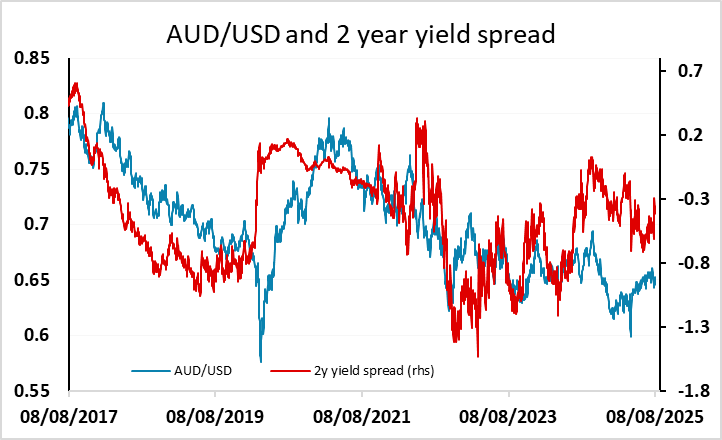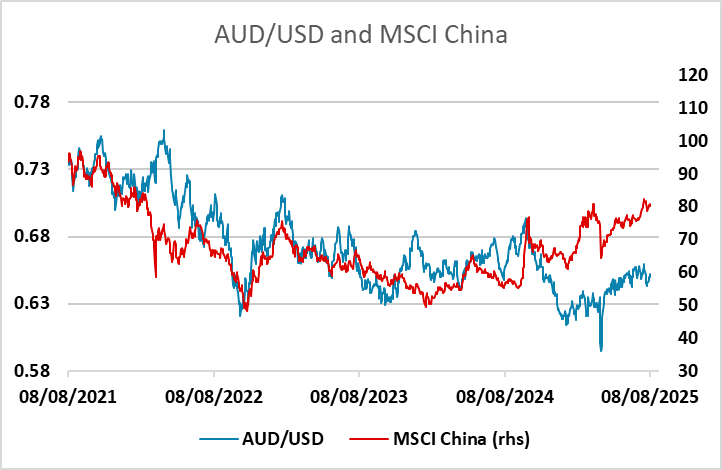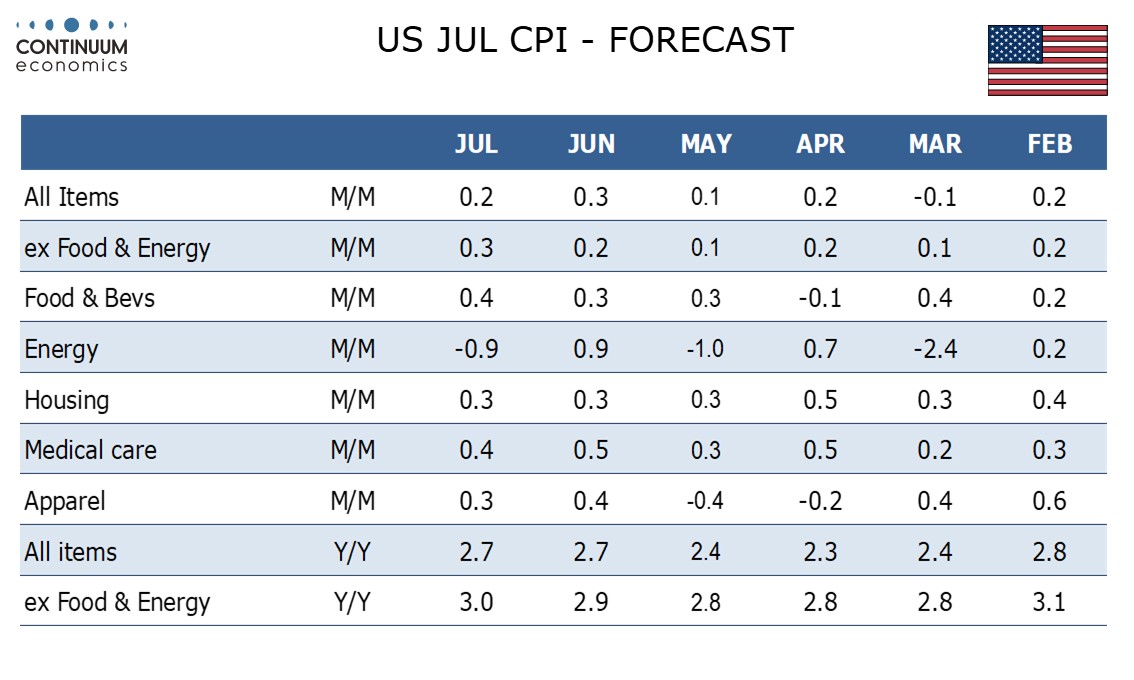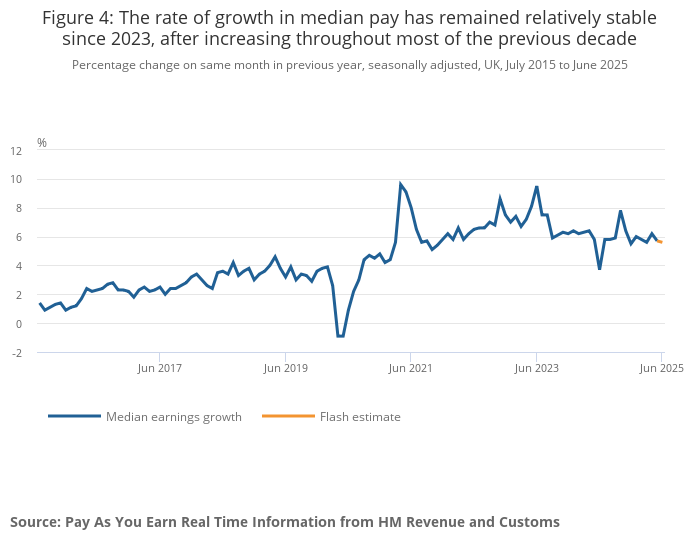FX Daily Strategy: Europe, August 12th
RBA cut the policy rate, AUD risks starting to shift to the downside
US CPI a major focus but impact likely to be modest
GBP may reverse some recent gains on softer labour market data
RBA cut the policy rate, AUD risks starting to shift to the downside
US CPI a major focus but impact likely to be modest
GBP may reverse some recent gains on softer labour market data

Tuesday sees three important events – the RBA meeting, the UK labour market data for June/July and the US CPI data for July. The RBA are expected to cut the policy rate by 25bps, with a cut 100% priced in. The focus will therefore be on any guidance as to future policy, with the market currently divided between one or two more rate cuts this year after today’s. AUD/USD is currently range-bound between 0.64 and 0.66, and the meeting on its own is unlikely to be enough to lead to a test of either side of the range. However, while the AUD has looked good value for most of this year, with yield spreads pointing clearly higher, this is a little less clear than it was, and there is increasing risk of a decline if we see any persistent weakness in equity markets, particularly Chinese markets. For the moment, equities retain a reasonably solid tone, but any further evidence of US slowdown could see a renewed decline that could put the AUD at risk. A dovish tone to the RBA could put the focus on the bottom end of the AUD/USD range near 0.64, but equity market weakness will likely be required to break it.
The RBA has cut the cash rate to 3.6% in the August 12th meeting as the current inflationary pressure eases. The combination of lagged effect of easing and uncertainty in inflationary dynamics has kept the RBA from aggressive cutting. With current inflationary dynamic (headline 2.1% and trimmed 2.7% y/y), the RBA forecast underlying inflation to continue its moderation and thus they are more comfortable to cut. Their forward guidance "The Board will be attentive to the data and the evolving assessment of risks to guide its decisions." continues to point towards data dependency and suggest another cut coming soon.

The US CPI data will be the main focus of the day. We expect July CPI to increase by 0.2% overall and by 0.3% ex food and energy, with the overall pace close to 0.2% even before rounding but the core rate rounded up from 0.26%. This would still be the strongest core rate since January and reflect a further feed through of tariffs, something that is likely to continue in the coming months. The data would also mean the y/y inflation rate in the US rising to 2.8% headline and 3.0% core. However, our forecasts are in line with consensus, and this outcome wouldn’t be seen as a reason for a significant change in market expectations of Fed policy. As it stands, it is unclear what evidence of a mild trend increase in inflationary pressure due to tariffs would mean for policy, as the key question is whether it would be accompanied by a significant slowdown in growth and employment growth. In the absence of further evidence of growth weakness, we would tend to see the risks for US short term yields and the USD to be on the upside. But the impact of a modest undershoot or overshoot of consensus would likely be small as without evidence of the broader impact on growth the policy reaction is unclear.

The UK labour market data takes on somewhat greater significance after the BoE rate cut last week which was delivered by just a 5-4 vote and thus seen as a hawkish cut. A large minority of the MPC remain concerned about inflation being higher than expected and continue to see the strength of wage growth as a major factor limiting the scope for rate cuts. While wage growth has remained at relatively high levels, it has been easing back slightly, and the employment data have shown a clear deterioration. If we see these trend extended in this month’s data, as we expect we will, some of the GBP recovery since the MPC meeting may be reversed.
